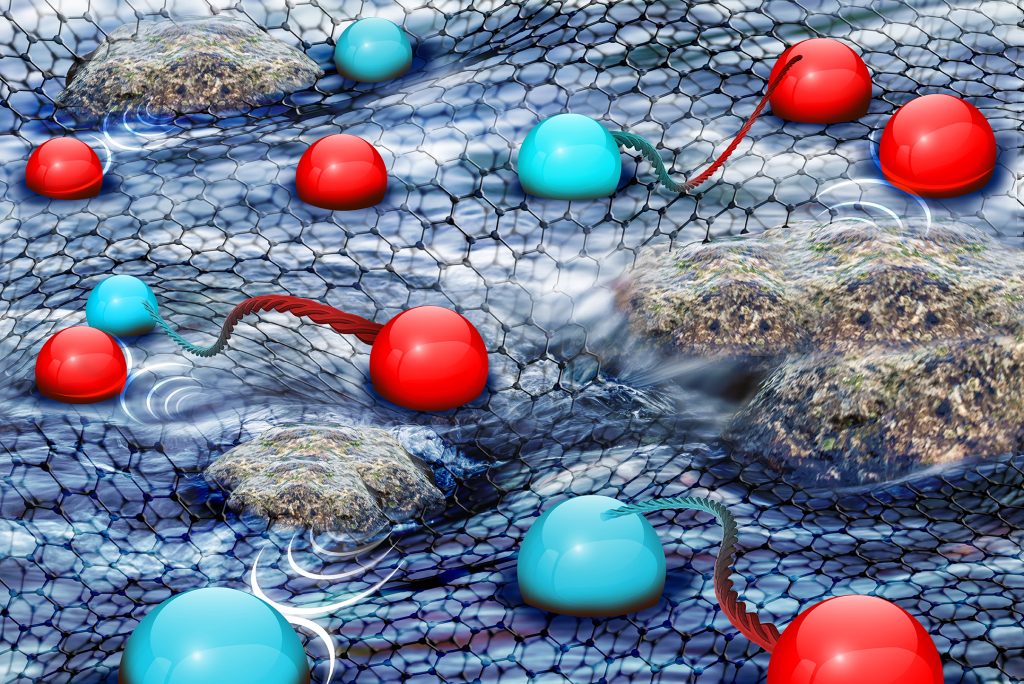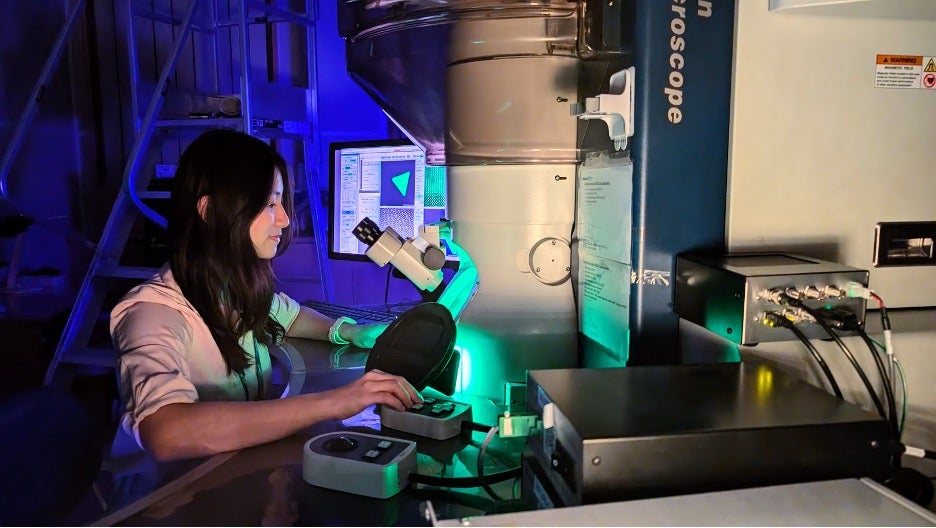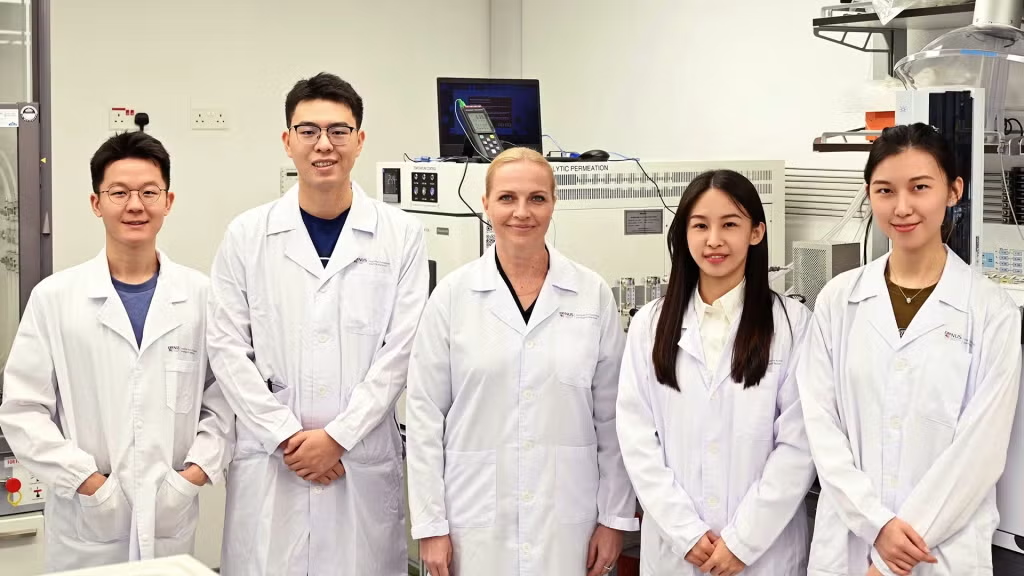
The novel bilayer graphene semiconductor used in the study allows electrons to flow together like water, potentially opening up a new generation of more efficient electronics.
A novel type of semiconductor made from two layers of ultra-clean atomically thin graphene has helped researchers build a new understanding of how electrons can flow like water, challenging some fundamental assumptions about the physics of metals.
The breakthrough comes from a joint team of researchers working at the College of Design and Engineering, NUS (CDE) and Columbia University in the United States.
The study could pave the way for designing a new generation of electronics that can operate at room temperature with very low-power dissipation, said Associate Professor Shaffique Adam (Department of Materials Science and Engineering at the CDE) who led the NUS component of the study.
“The normal way to make electrons move faster is to make the materials cleaner,” Associate Professor Adam said. “But when we push the boundaries of material purity, new physics emerges. We demonstrate a new type of universal hydrodynamic semiconductor that should be seen in many different materials, provided they are made clean enough.”

Associate Professor Shaffique Adam of the Dept of Materials Science and Engineering led the NUS component of the study
For their study the NUS-Columbia research team explored the behaviour of a novel hydrodynamic semiconductor in which negatively charged electrons and positively charged ‘holes’ flow together to carry a current.
Electrical current in standard transistors is comprised of many electrons moving independently. As the electrons move, they inevitably run into either material defects or lattice vibrations causing them to scatter and dissipate energy. However, when materials are made with very few defects, the electrons behave collectively – when they encounter any remaining imperfections, they move together like water moving around a rock.
To the research team’s surprise, they found that this hydrodynamic current can be described with two relatively simple equations: one describing how the electrons and holes slide against each other, and a second equation for how all of the charges move together around the defects.

A visual representation of how electrons were observed to behave in the study
“Simple formulas usually mean simple physics,” said Professor James Hone of Columbia University’s Dept of Mechanical Engineering, noting how he was astonished when Derek Ho, a postdoc researcher at NUS working with Associate Professor Shaffique Adam, built the new model.
“We were all taught that in a normal metal, all you really need to know is how an electron bounces off various types of imperfections,” he said. “In this system, the basic models we learned about in our first courses just don’t apply.
For more about this research, see the press release from Columbia Engineering
Article from College of Design and Engineering, NUS.





